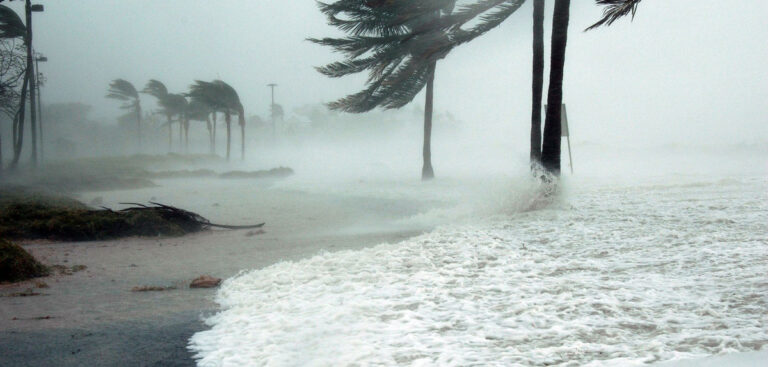New research suggests that hurricanes might be more dangerous once they weaken, since this is when rainfalls are heaviest.
The team of researchers from the University of California’s Santa Barbara campus came to this counter-intuitive finding after studying weather station data going back more than a century.
This was in contrast to similar studies which tend to rely on satellite and radar data, which only goes back to the late 20th century. The researchers looked at decades of data and discovered that rainfall intensity tended to be more severe after a hurricane had reduced to the category of a tropical storm.
The reason for this phenomenon is the impact of a land mass on the hurricane. Once the tropical cyclone makes landfall it begins to slow down because it has lost its energy source, the warm water evaporating from the ocean surface that drives the convection that fuels the storm. As the hurricane slows down it begins to spread out.
“Now it’s kind of parked in one spot, and it can just dump a lot of rain on a particular location,” the study’s co-author Samantha Stevenson, an assistant professor at the university’s Bren School of Environmental Science and Management, told Science Daily.
A recent example of this were the torrential rains that struck Houston and Southern Texas in the immediate aftermath of Hurricane Harvey in 2017, leading to around US$130bn in damages.
“You might think hurricanes are most dangerous when they’re strongest, because that’s when the winds are whipping around the fastest,” said Stevenson. “But this paper actually finds that the risk due to extreme rainfall is largest after the hurricane has weakened a bit.”



